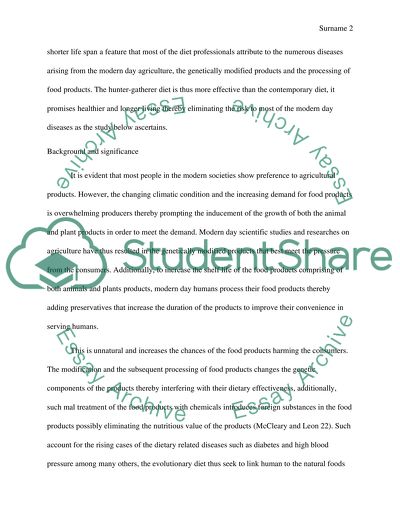Cite this document
(“Paleolithic Diet Term Paper Example | Topics and Well Written Essays - 2000 words”, n.d.)
Retrieved from https://studentshare.org/health-sciences-medicine/1484113-paleolithic-diet
Retrieved from https://studentshare.org/health-sciences-medicine/1484113-paleolithic-diet
(Paleolithic Diet Term Paper Example | Topics and Well Written Essays - 2000 Words)
https://studentshare.org/health-sciences-medicine/1484113-paleolithic-diet.
https://studentshare.org/health-sciences-medicine/1484113-paleolithic-diet.
“Paleolithic Diet Term Paper Example | Topics and Well Written Essays - 2000 Words”, n.d. https://studentshare.org/health-sciences-medicine/1484113-paleolithic-diet.


